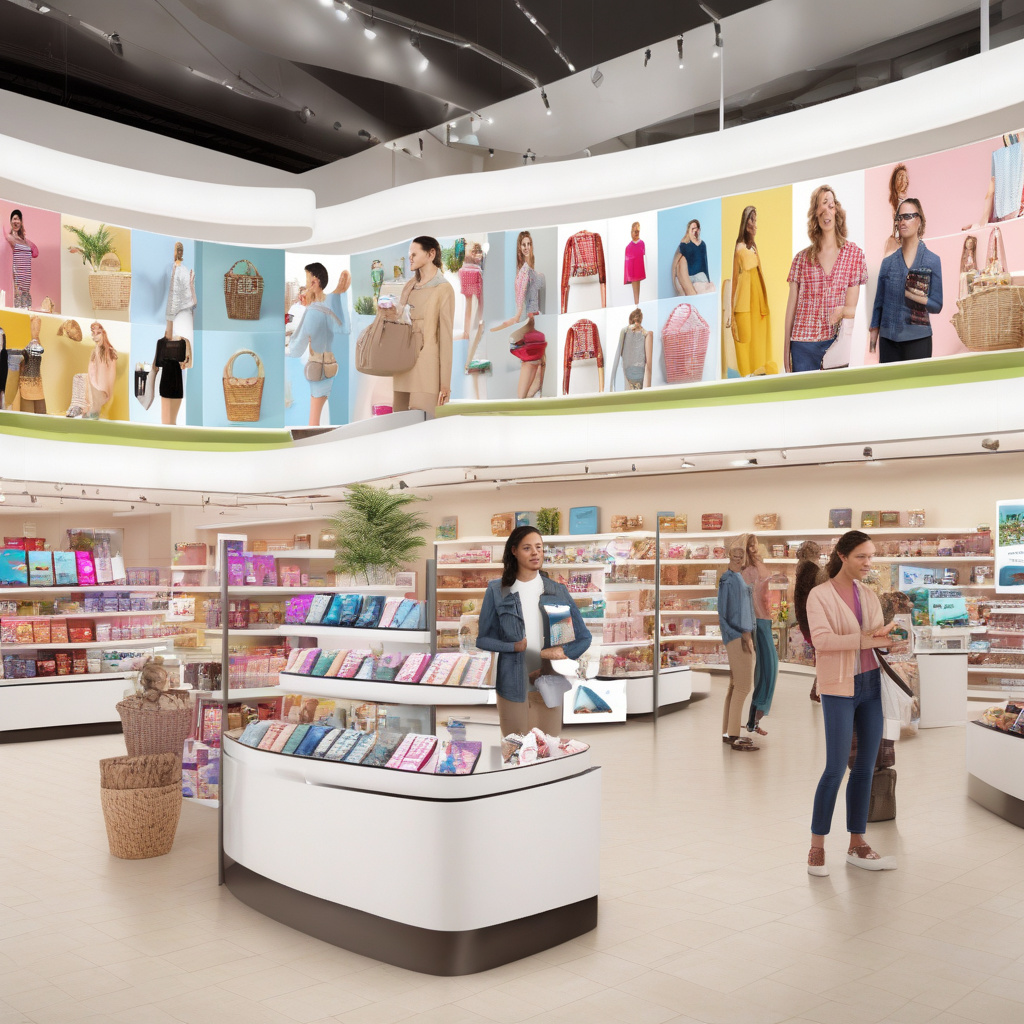The Fusion of Digital and Physical: How In-Store Activations Showcase Modern Retail Strategies
In today’s competitive retail landscape, the integration of digital and physical strategies has become increasingly crucial for brands looking to enhance customer engagement and drive conversions. One significant way this fusion is being exemplified is through in-store activations. These events or experiences not only create a buzz around a brand but also serve as a powerful tool to bridge the gap between online and offline retail channels.
Creating Immersive Experiences
In-store activations are designed to provide customers with immersive and interactive experiences that cannot be replicated online. By leveraging elements such as interactive displays, virtual reality, augmented reality, and personalized recommendations, brands can offer a unique and memorable shopping experience that resonates with consumers on a deeper level.
For example, beauty brands like Sephora have implemented in-store activations that allow customers to try on virtual makeup using augmented reality technology. This not only enhances the shopping experience but also helps customers make more informed purchasing decisions.
Driving Engagement and Loyalty
In-store activations are also an effective way to drive customer engagement and foster brand loyalty. By offering exclusive deals, discounts, or samples during these events, brands can incentivize customers to visit physical stores, thereby increasing foot traffic and sales.
Moreover, in-store activations provide an opportunity for brands to collect valuable customer data and feedback. By encouraging customers to participate in surveys, contests, or interactive experiences, brands can gain insights into consumer preferences and behavior, which can inform future marketing strategies and product development.
The Role of Digital Technology
Digital technology plays a crucial role in the success of in-store activations. Brands can leverage data analytics, artificial intelligence, and personalized targeting to create tailored experiences that resonate with their target audience. For instance, using beacon technology, brands can send personalized promotions or recommendations to customers’ smartphones based on their location within the store.
Additionally, social media and online channels can be used to generate buzz and drive traffic to in-store activations. By creating teaser campaigns, live streaming events, or user-generated content, brands can amplify the reach and impact of their in-store experiences beyond the physical space.
Case Study: Criteo’s Approach
Progressive Grocer recently spoke with Sherry Smith, a representative from Criteo, about the company’s innovative approach to in-store activations. By combining data-driven insights with personalized targeting, Criteo has helped retailers optimize their in-store experiences and drive measurable results.
Smith emphasized the importance of creating seamless omnichannel experiences that seamlessly integrate digital and physical touchpoints. By leveraging technologies such as retargeting ads and personalized recommendations, Criteo has enabled retailers to deliver relevant content to customers both online and in-store, leading to increased conversions and customer satisfaction.
In conclusion, in-store activations serve as a tangible representation of the marriage between digital and physical retail strategies. By creating immersive experiences, driving engagement and loyalty, and leveraging digital technology, brands can differentiate themselves in a crowded marketplace and deliver value to customers in new and exciting ways.
retail, digitalmarketing, in-storeactivations, customerengagement, omnichannel
